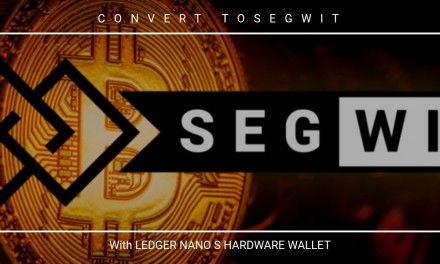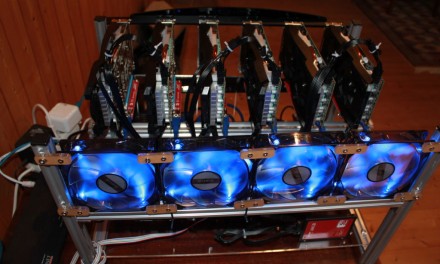Competition is a key factor to make the network secure. What do we mean when we speak about competition on the bitcoin network? Infact we all know that bitcoin consensus is made in such a way to gracefully force all the actors to behave in the right way, honestly. In order to achieve this result a system of benefits/punishments is put in place by the algorithm itself.
Competition on miners
The first level of competition is played around the miners in the field of hashing power. Infact miners are trying to validate their candidate block (each of them tries to validate the block as soon as possible). The highest hashpower is available and the fastest the calculations will be and therefore the highest probability to find the correct blockhash.
On the other hand, miners are not concerned at all about the transactions. Infact they are free to take transactions from the mempool where they are waiting to be added. Approximately they take transactions with same fees criteria (from higher fees to lower), so competition for miners is only about hashing power because the winning miner takes all the reward. The transactions instead don’t matter to them apart for fees.
Why this kind of protocol is in place then? This has been created in order to force miners to behave correctly and create valid blocks without cheating. They are encouraged to validate the block following the consensus rules and the miner elected is the one which is doing its work correctly and sooner than others. This is one of the most important security strongholds of the network.
Competition on transactions’ fees
From the other hand there is a competition for users making transactions about fees infact they have to include higher fees in order to have their transactions included first in the blocks.
The higher is the fee added to a transaction and higher is the chance that the transaction is added sooner. Infact the space inside a block is limited and the blocks are discovered each 10 minutes average. So lower fees can lead to transactions being waiting even for long times.
In this way users are encouraged to pay proper amount of fees to miners coherently to their speed needs and therefore making the network financially sound.
Why the average 10 minutes time?
Another additional layer of security for the network is played by the bitcoin network heartbeat. This is 10 minutes as average and this value is an hardcoded value on the protocol. This is a correct balance between speed needs and security about temporary forks on the network.
Infact the 10 minutes time makes quite rare the event of temporary forks. They happen about once per week. This event is caused by two valid blocks propagated quite simultaneously by different miners across the network. When this happens those two valid blocks create a fork on the blockchain because some nodes take one block and some other, the second. This kind of fork is normally resolved after another block received of two. It is clear that 1 event per week is a rare event and does not give problems to the network itself. While more frequent events, instead, could create a concern and overlaps that should be avoided.
This is why the heartbeat is maintained in such a way on the bitcoin network compared to other altcoins networks.
All the above described mechanism makes bitcoin network very secure compared to altcoins. Moreover bitcoin is so stable that is possible to build different layers of development on top of it, being the security managed by the consensus protocol itself.












